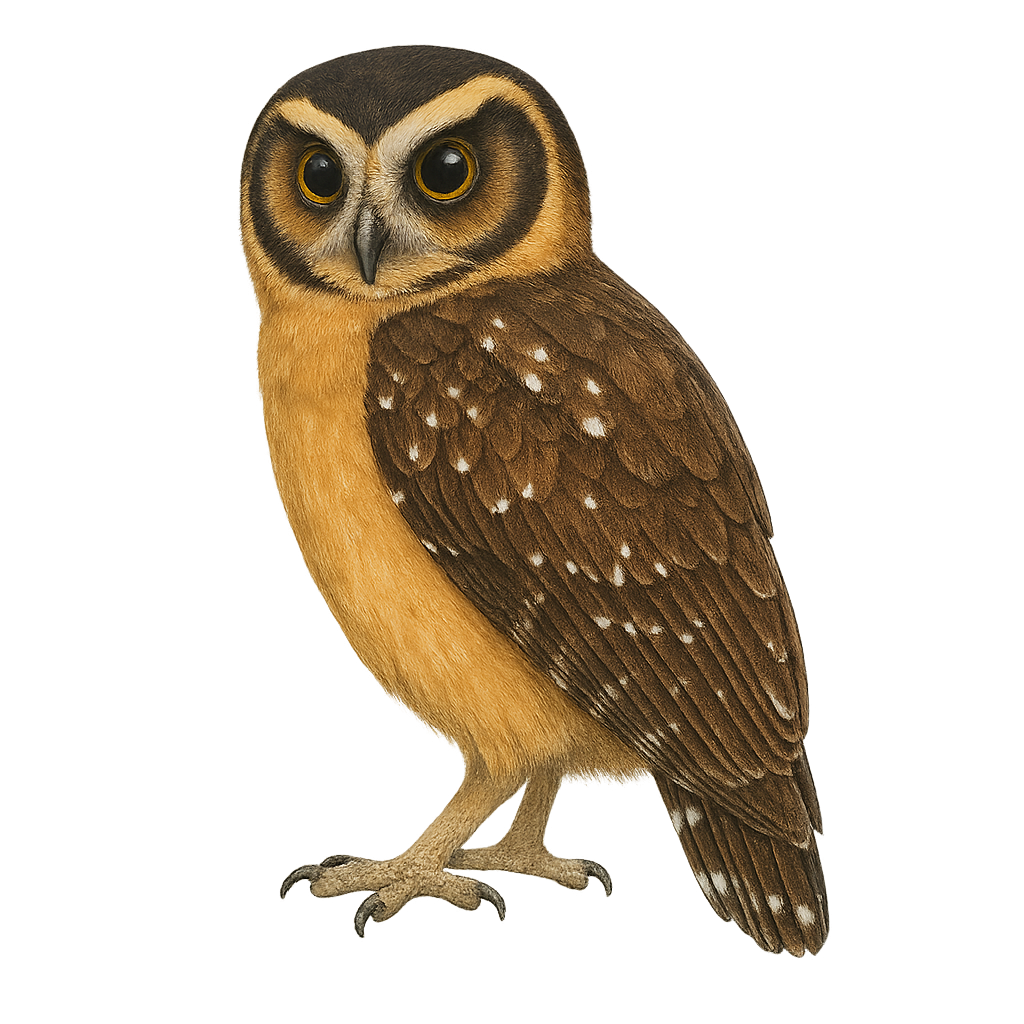Your wildlife photography guide.
Explore the buff-fronted owl in detail, study its behavior, prepare your shots.
Where to observe and photograph the buff-fronted owl in the wild
Learn where and when to spot the buff-fronted owl in the wild, how to identify the species based on distinctive features, and what natural environments it inhabits. The WildlifePhotographer app offers tailored photography tips that reflect the buff-fronted owl’s behavior, helping you capture better wildlife images. Explore the full species profile for key information including description, habitat, active periods, and approach techniques.
Buff-fronted Owl
Scientific name: Aegolius harrisii

IUCN Status: Least Concern
Family: STRIGIDAE
Group: Birds
Sensitivity to human approach: Suspicious
Minimum approach distance: 10 m
Courtship display: September to November
Incubation: 28-30 jours
Hatchings: October to December
Habitat:
Humid forests, wooded areas, tropical forests
Activity period :
Mainly active at night, generally discreet during the day.
Identification and description:
The Buff-fronted Owl, or Aegolius harrisii, is a small nocturnal bird of prey belonging to the Strigidae family. It is recognized by its distinctive white eyebrows that contrast with its brown and buff plumage. Measuring about 20 to 25 cm in length, it has a wingspan of 50 to 60 cm. This owl primarily inhabits the humid forests and wooded areas of South America, particularly in Brazil, Argentina, and Paraguay. It mainly feeds on small mammals, insects, and occasionally small birds. Its call is a soft hoot, often heard during the night. Although discreet, it plays an important role in the ecosystem by controlling rodent populations.
Recommended lens:
400 mm – adjust based on distance, desired framing (portrait or habitat), and approach conditions.
Photography tips:
To photograph the Buff-fronted Owl, it is advisable to use a telephoto lens of at least 400mm to capture detailed images from a distance. Being a nocturnal species, plan your outings for late in the day or early morning. Use a tripod to stabilize your camera in low-light conditions. Be patient and discreet to avoid disturbing the bird. Using a remote shutter release can also be beneficial to prevent vibrations. Finally, try to capture the bird in its natural habitat to add context to your photos.
The WildlifePhotographer App is coming soon!
Be the first to explore the best nature spots, track rutting seasons, log your observations, and observe more wildlife.
Already 1 432 wildlife lovers subscribed worldwide

